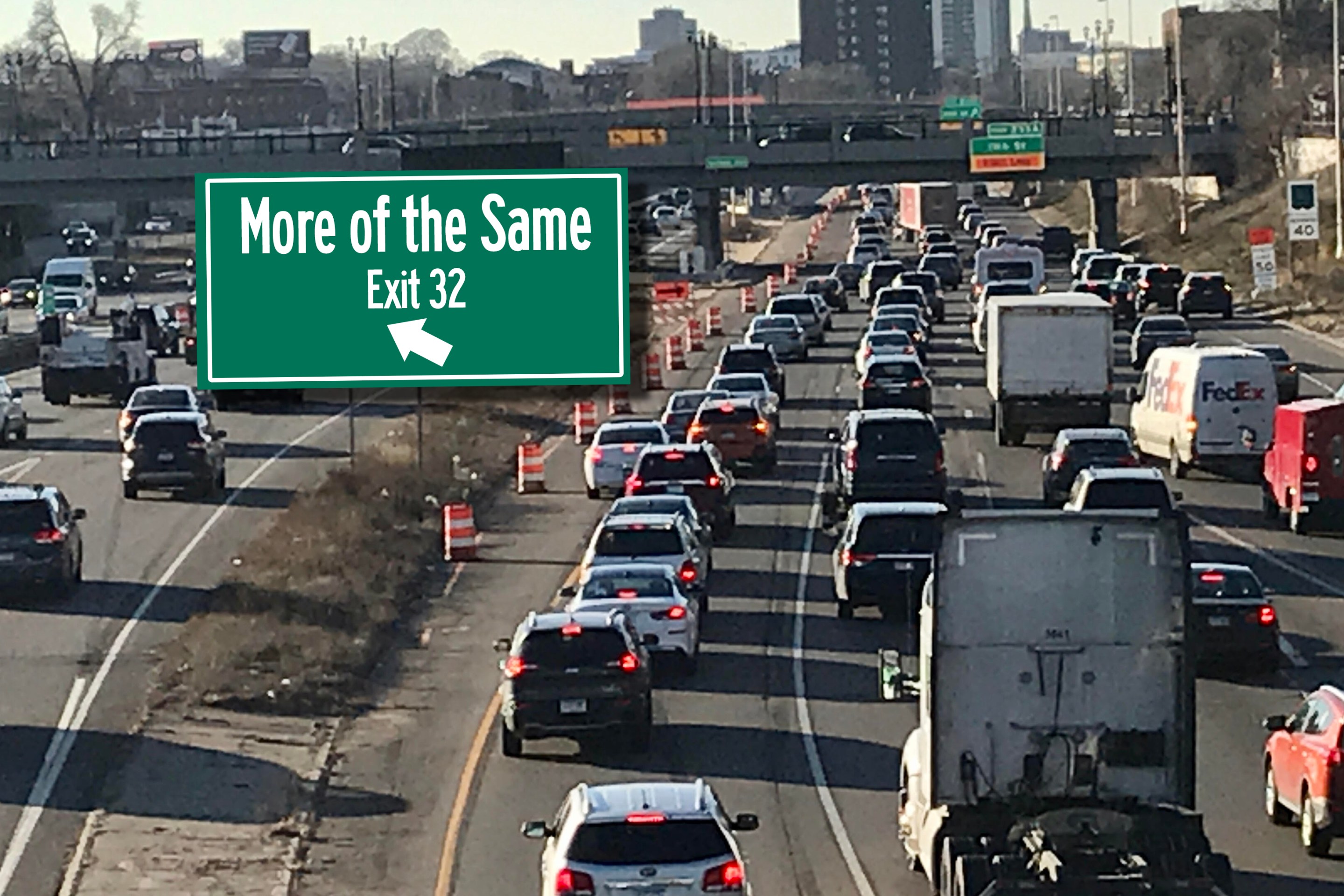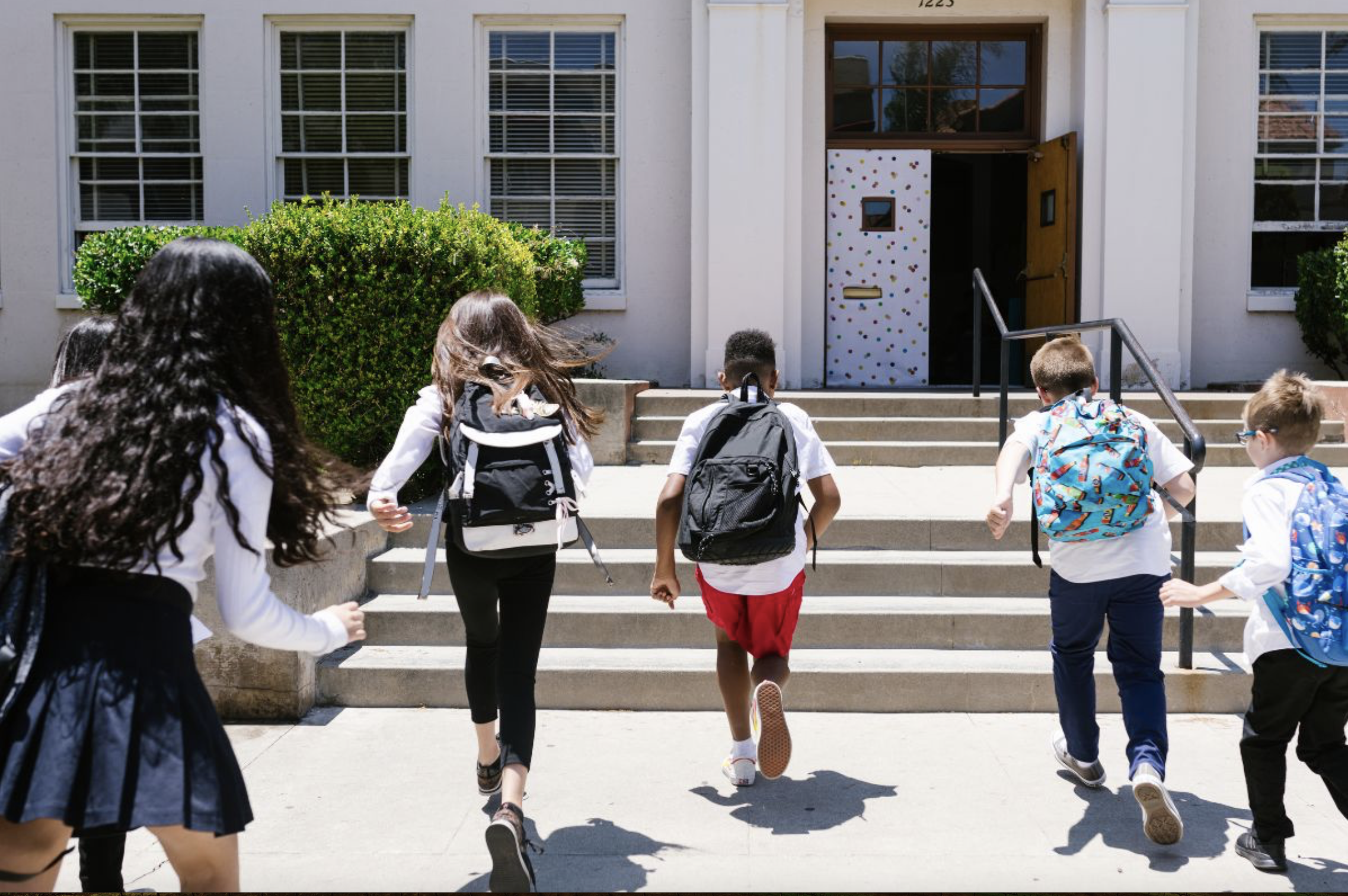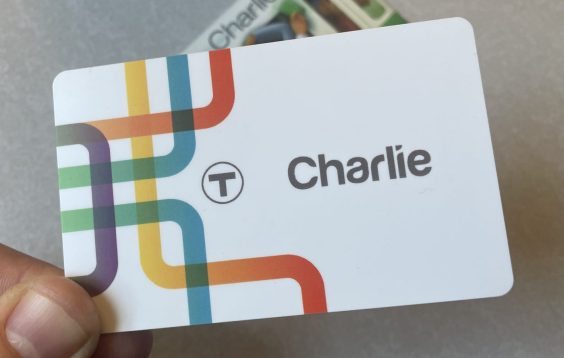- Flying is a major source of greenhouse gas emissions, both from planes themselves and the cars people drive to catch a flight. The billions invested in airport expansions should be redirected to regional rail instead. (Curbed)
- The wheels are starting to turn in Congress on legislation regulating autonomous vehicles, although no new bills have been introduced yet (The Hill). Streetsblog covered the federal failure to act last week.
- Drivers uploading other people’s photos to their profiles in the Uber app to dodge background checks is a major reason London recently pulled the ride-hailing company’s license to operate. Fast Company explains why it’s not an easy fix for Uber.
- Los Angeles has a plan to shift 20 percent of car trips to public or active transportation within the next eight years, and wants half of the city’s cars and all of its buses to be electric by then. The Zero Emissions 2028 Roadmap 2.0 involves improving transit, expanding micromobility options like scooters and installing 84,000 charging stations. (Fast Company)
- But L.A.’s plan pales in comparison to Berlin’s, where the city is spending a whopping $2 billion a year over the next 15 years on a bus system overhaul, four subway extensions, other rail lines and the streetcar network. (City Lab)
- The D.C. DOT now plans to build 20 miles of protected bike lanes by 2022 — twice what was previously planned. (Washington Post)
- Hennepin County, where Minneapolis is located, wants to spend millions of dollars earmarked for transit on roads and bridges instead. (MinnPost)
- Seattle officials expect e-scooters to be wildly popular when a pilot program starts this spring. But where will they all park? (KOMO)
- Designated pickup spots for Uber and Lyft riders in downtown Orlando have helped reduce congestion and free up curb space. (Sentinel)
- Bike Portland gives a thumbs up to the Oregon city’s cheap and easy new bus lanes — one mile of red paint costs just $200,000 — which have reduced delays substantially.
- Cities spend more than twice as much providing services to the average suburban home than the average urban one, according to city planner Brent Toderian.
- Today in infuriating driver behavior: Tesla drivers think the car’s autopilot feature makes it totally fine to fall asleep behind the wheel (New York Times). Meanwhile, Pittsburgh drivers are swerving into bike lanes rather than slowing down to go over new speed humps (WTAE), and Albuquerque drivers are having a hard time staying out of new bus-only lanes (KRQE).
Today's Headlines
Monday’s Headlines
Stay in touch
Sign up for our free newsletter
More from Streetsblog USA
Denver Activists Hijack Road Signs To Decry The Dangers of Automobility
Plus: a few suggestions for holiday-themed hackers.
Which of Wednesday’s Headlines Came First?
A lot of Americans don't love driving, but really don't have much of a choice.
The Real Reason America Can’t Have The Tiny Japanese-Style Cars Trump Says He Wants
Trump is right that kei cars are super-kawaii — but he's wrong that clearing the regulatory decks is enough to bring them to U.S. shores.
Tuesday’s Headlines Were So Much Older Then, We’re Younger Than That Now
Getting around without driving can be tough for anyone, but particularly seniors and children.
Boston’s New ‘CharlieCard’ Raises Privacy Issues in an Age of High-Tech Tracking
The new CharlieCard provides several benefits, but riders should also be aware of the military vendor that's operating the new system.
Ride E-Scooters, Do Crime? Study Explores Relationship Between Micromobility and Vehicle Offenses
"I suspect there are confounding factors that make the link from e-scooters to crime spurious."





